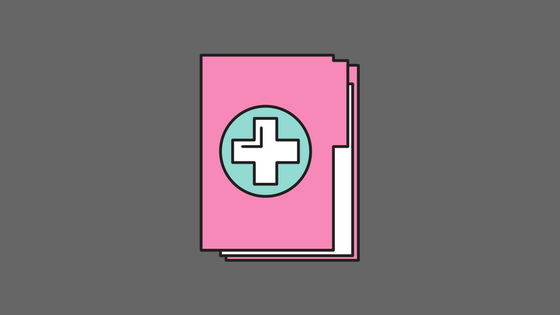A Prescription for Graphic Medicine

Graphic medicine is a rapidly growing area of creation, research and teaching that brings together the visual/textual language of comics with stories of illness and health care.
In recent decades there has been an explosion of comics exploring medical experience from the point of view of patients, family members and health care professionals. The term “graphic medicine” was coined by physician and comics artist Ian Williams when he began to catalogue such works. The website he inaugurated, www.graphicmedicine.org, has evolved into a robust, multi-faceted resource for anyone interested in learning more about the field.
And what a rich and varied field it is. There are graphic memoirs (“graphic pathographies”) about almost any state of health or illness you can name for example, cancer, bipolar disorder, infertility, Parkinson’s disease, epilepsy, addiction, spina bifida, HIV/AIDS — and in a wide variety of artistic and narrative styles.
While it may sound strange to create or read comics about something as serious as a life-altering medical condition, comics is, in fact, the perfect medium to capture the ambiguities, contradictions and occasional absurdities of the illness journey. The interplay of image and text can communicate in ways that text alone cannot, and the comics medium, as a familiar and non-threatening form of narrative, can possibly ease the discussion of difficult topics.
For patients and families, reading graphic pathography can provide reassurance that they are not alone in what they are going through. For readers with no personal experience of an illness, reading graphic pathography can educate and promote empathy with others — as well as providing the same human interest and narrative pleasure as all other kinds of memoir. For health care professionals and students, reading graphic medicine helps to promote empathy for the patient experience, and stimulates reflection on topics such as ethics and communication in health care. And for scholars in the humanities and social sciences, graphic medicine provides a powerful lens for the analysis of identity and culture within the context of health and illness.
In addition to reading comics, making comics is an important feature of the graphic medicine movement. You don’t have to be an artist to “get out your crayons,” in the words of graphic medicine pioneer MK Czerwiec, and draw your story. In some medical schools, students are invited to create comics as a way to reflect on formative experiences; in two recent initiatives at a children’s rehab center in Toronto, nurses and the parents of pediatric patients attended comics-making seminars to tell and share their stories. In other instances, cartoonists work with patients to document their health care stories, as in the wonderful “Sketches from Outside the Margins” initiative in Seattle/King County.
Visit graphicmedicine.org to learn more about the field and the annual Comics and Medicine Conference, to find reviews of works of graphic medicine, to check out “This Week in Graphic Medicine,” a regular blog post by medical librarian Matthew Noe that highlights the newest relevant books, articles, events, podcasts and other media, and for information about the “Graphic Medicine” book series from Penn State University Press.
Shelley Wall, MScBMC PhD, is an Assistant Professor, Biomedical Communications Program at the University of Toronto.
Tags: community health, graphic medicine, promoting health at the library, Promoting Healthy Communities












